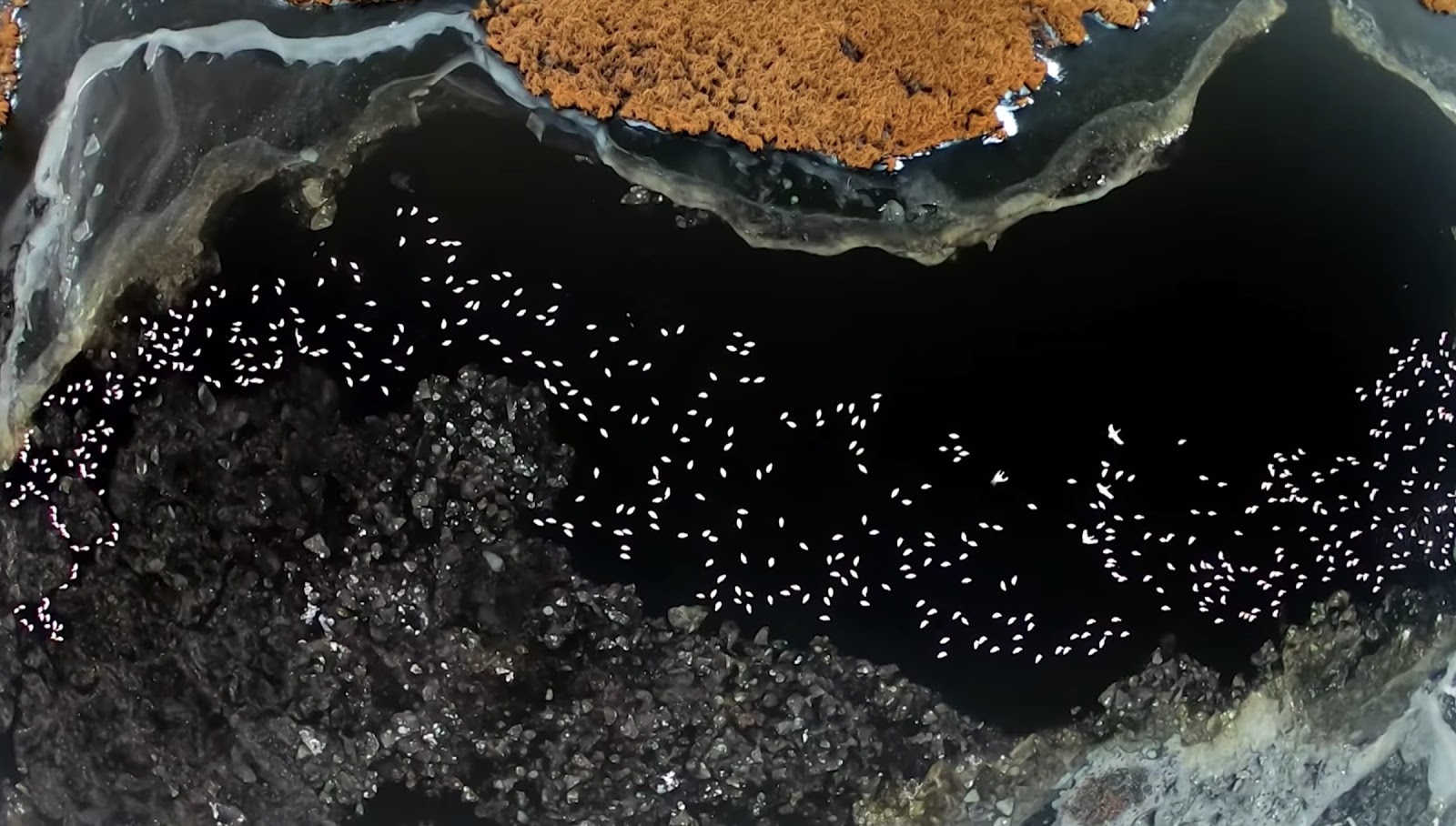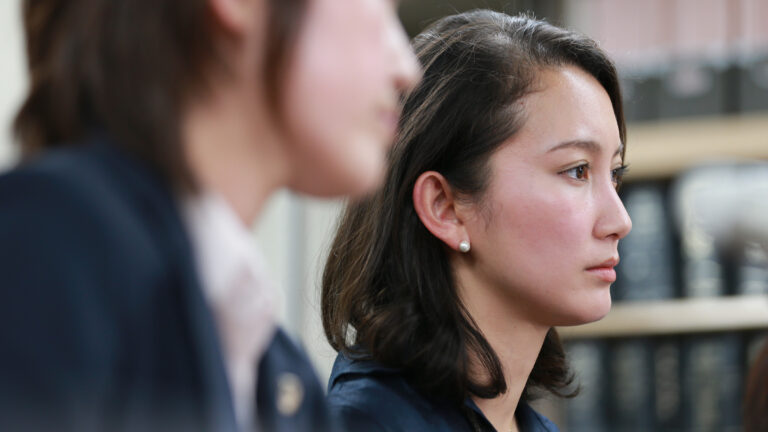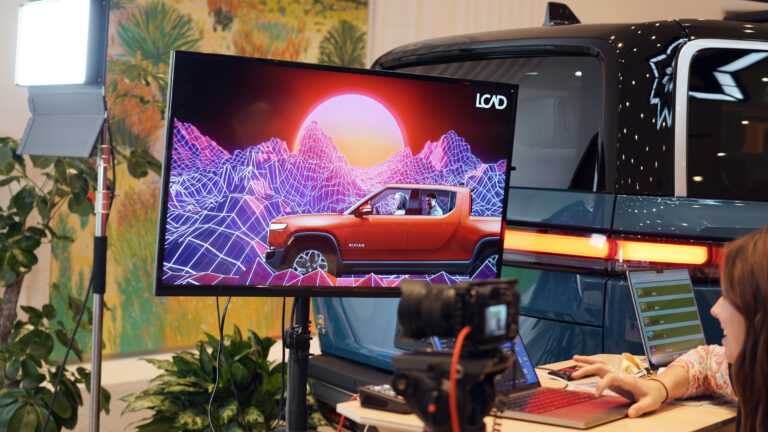There once was a time when viewing other people’s amateur videos was the kind of thing that you came up with cheesy excuses to avoid—like having to do your taxes or your laundry.
But when mounted to anything from a motorcycle to a mountain bike, GoPro cameras helped people who may never have come close to a professional-quality camera create compelling videos.
Introduced in 2002, GoPro has helped redefine what it means to record an experience. Light, easy to use, relatively inexpensive, GoPro makes it possible to not only capture images of some of the most incredible and indelible moments life has to offer, but to also communicate the essence of those experiences.
With the release of every new camera, GoPro makes a wild promo video capturing amazing moments that seem to defy reason and reality. This time, they decided to invite the customers who’ve made them a success to shoot the videos themselves. For the launch of the HERO7 Black, they created the Million Dollar Challenge (MDC). The prize? Yup. One million dollars, to be shared among the winners.
No surprise, they received over 25,000 submissions for a video with a TRT of just over two minutes. How did they manage the volume and the workflow? This installment of Made in Frame breaks it down.
The sky’s the limit
Maybe the most important feature of the GoPro is that there are virtually no limits to what you can capture. From swimming with dolphins to extreme parkour stunts to the smile of a little girl nuzzling her chicken, GoPros are there to memorialize moments that’ll take your breath away—or to breathe life into the simplest and most intimate ones.

But as simple as it may be to acquire awesome images, the process of reviewing, culling, and cutting together the final product was as athletic a feat as some of the stunts captured in the video.

Josh Currie, Associate Creative Director, and Ben Froke, Manager of Studio Technology, took us through the process of the MDC, from its intentions and aesthetics to its technical complexities.
The biggest challenge of the MDC
GoPro’s highlight videos are typically made by in-house creatives who storyboard and plan what the narrative or message will be and how the footage will be shot. That way, when they get to the edit, there’s already a blueprint in place for how the pieces will fit together.
But when you’re holding a contest and have no idea what you’ll receive, creating a cohesive whole from so many disparate pieces takes extra work. Josh and his team had to evaluate footage not only based on its inherent quality, but also how it worked within the context of the larger piece.
“What made this video different is that we didn’t know, going in, what the piece was going to look like and how the story was going to come together,” Josh says. “What we did know is that we come out with this particular highlight asset each year and it gets millions and millions of views.”
Josh also knew that this project was both unique and important to GoPro because it was the first time that they, as a brand, put this asset in the hands of the community, so it needed to feel special. “I wanted it to feel more like a thank you to our community, like we’re celebrating that we’re part of a big family.”
GoPro’s editorial setup
GoPro’s largest editorial setup is based at their San Mateo, CA, headquarters, where they have 15 edit bays. There are eight more bays at their Carlsbad location, as well as four in Munich and one in Shanghai.
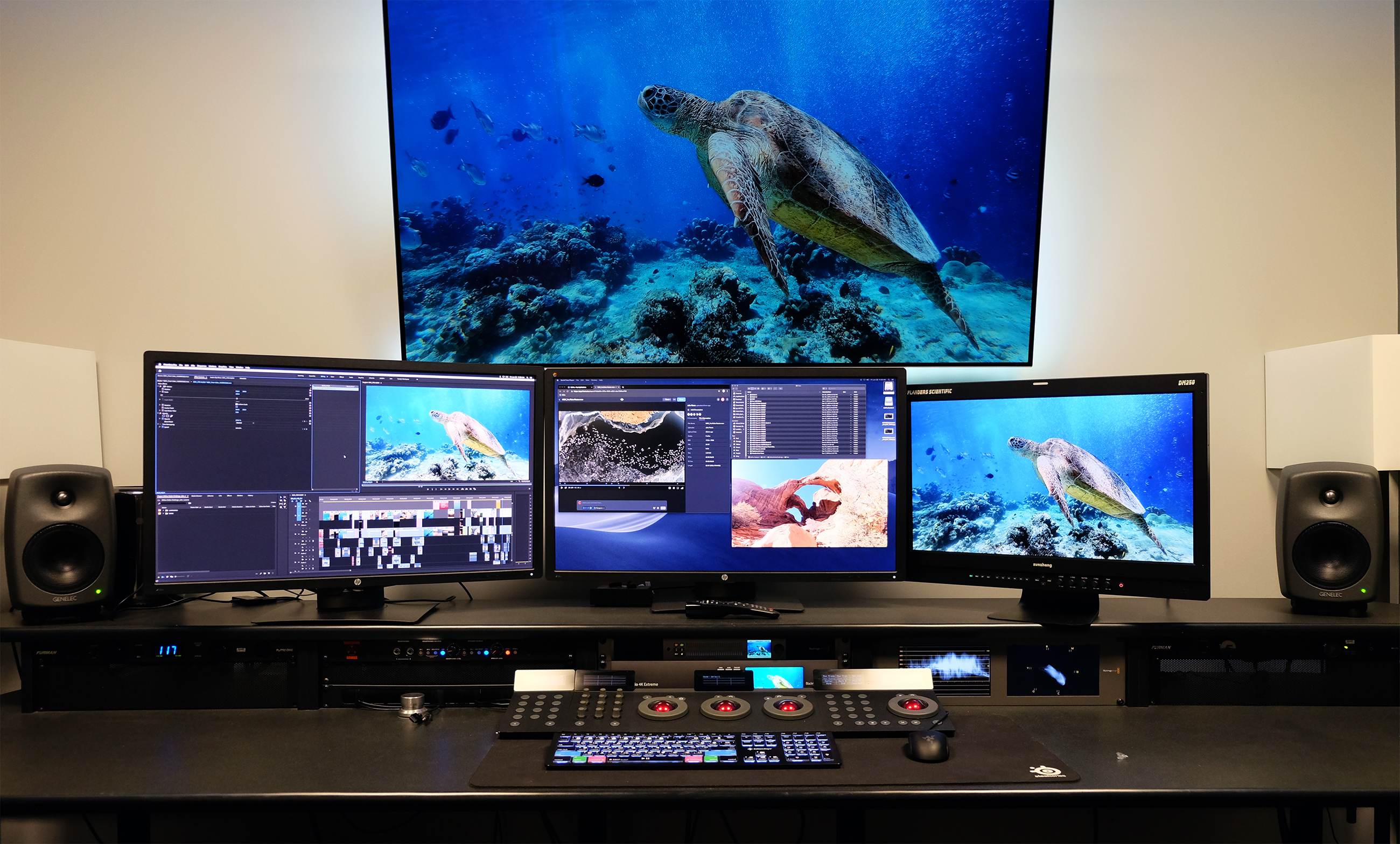
Editors primarily work in Adobe Premiere Pro and DaVinci Resolve (both of which have Frame.io integrations) running off of Mac Pro cylinders. In addition to cutting, the editors also do some shooting, and color correct their own work.
Get the latest update to the Frame.io Premiere plugin
Learn more about Frame.io’s DaVinci Resolve Integration.
GoPro designed a custom portal to accept submissions for their various competitions. The portal allowed them to check the metadata to confirm that it was actually shot on the HERO7 (users can add personalized information to the metadata but can’t change what comes out of the camera).
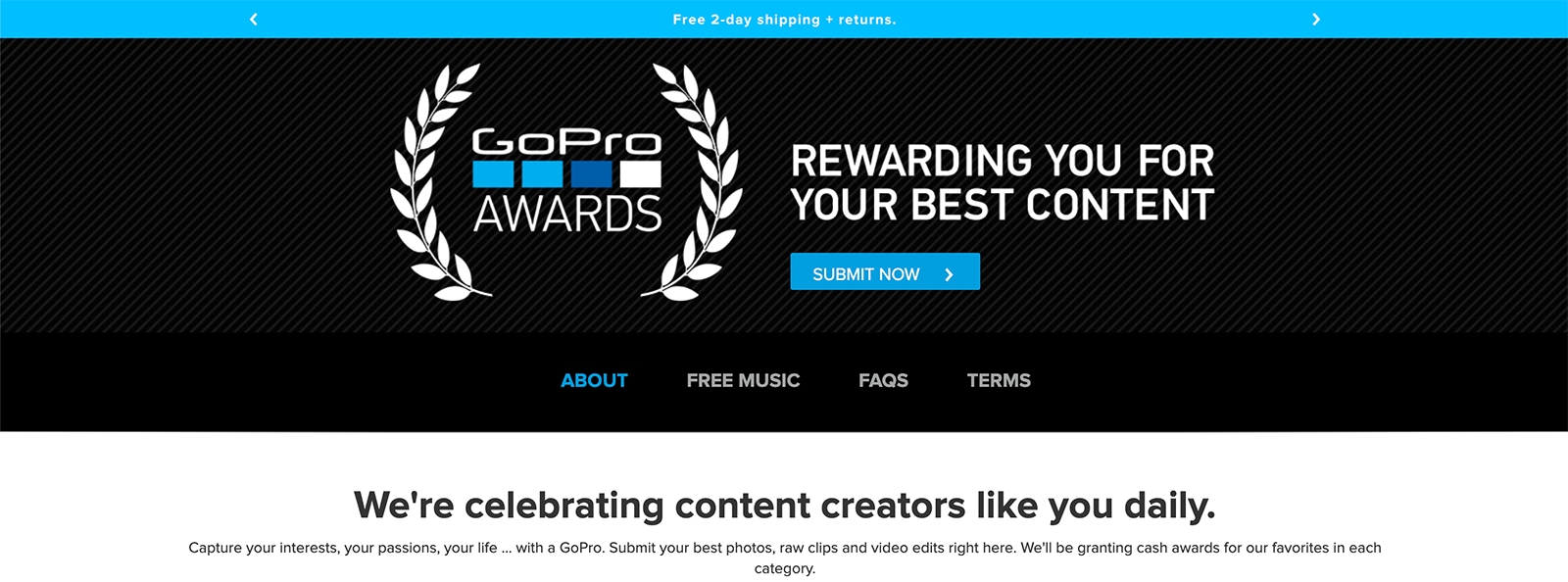
Out of the 25,000 submissions from 25 countries, the final video contained 66 clips from 56 winners (four of whom were first-time GoPro users).
As you might imagine, not only did Josh and his team receive a huge variety of subject matter and situations, they also had to deal with an equally wide range of frame rates and resolutions.
“As far as format goes, the camera always spits out an MP4,” Josh says. As the hands-on editor, he adds, “Because the only requirement was that they shoot on the HERO7 Black and send us the raw footage, we had to keep in mind that we were going to be working with everything from 4K at 6fps to 720p at 240fps, with aspect ratios from 4:3 to 16:9. There are a ton of different frame rates and aspect ratios, and we got pretty much all of them.”
They did a straight online edit in Premiere Pro using the H.264 codec and editing in 1080p. “We did not use proxies because our footage was all over the place so it would have made the process more difficult to manage,” Josh explains. They went with a 29.97 frame rate because “we’ve noticed that most people are shooting either in 30, 60, 120, or 240fps, so it’s a clean way to use all those frames without getting any skipped or jumped frames.”

Given that the HERO7 supports shooting in 16:9, it might surprise you to learn that GoPro actually encourages their users to shoot in 4:3. “If you’re wearing a camera it’s harder to frame up your shot perfectly, so if they shot in 4:3 we could either frame it the way we wanted in post by sliding it up or down, or we could stretch it,” Josh says. Their plugin of choice? Andy’s Free Elastic for Premiere.
Making the cut
The core three-person team spent time each day reviewing new material and organizing it into categories. From the categories, they’d pick the best clips, along with the “maybes,” and the group would have a weekly round table where representatives across the departments involved (approximately 10-20 people at any given time) would watch the edit via Frame.io to further cull the submissions.
Once the clips were selected, Josh downloaded them from the portal to their internal server and pulled them into Premiere Pro to begin the process of stringing the piece together.
“We had contestants ranging in age from kids to adults. We had people jumping off of cliffs and kids holding chickens. So we had to find something that gave the video a sense of fluidity,” Josh says. “I was always looking for clips that spoke to emotions, like seeing people’s faces and their smiles. Or I’d look for settings and colors or lighting conditions that were bright and made you want to get up and go outside.”
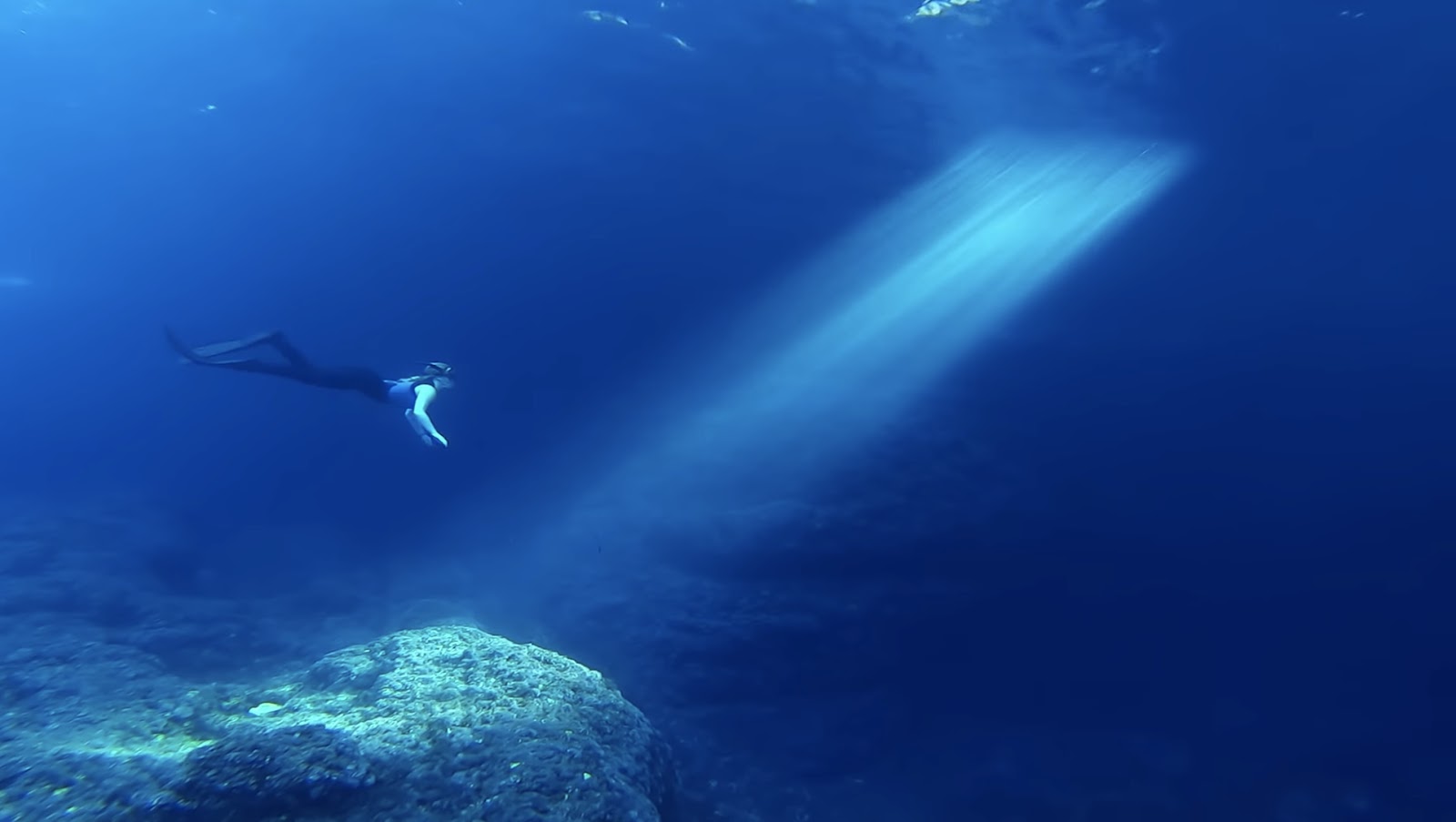
Josh also looked for clips that had complementary action or content to make visual connections. “We found a wakeboarder nailing a 720 and a (snow) skier doing a similar trick. They’re two different activities, but they’re more or less doing the same thing. By using both of them, it helps make the connection and create a uniform voice throughout,” he explains.

Even though the group screenings happened on a weekly cadence, new footage was coming in every day, which meant that Josh had his hands on the project daily throughout the entire editorial period, which spanned three months.
“My goal was to have a new version every week while the contest was ongoing because the tone of the piece kept changing,” Josh says. “The emotion, the energy—it was always changing as the clips came in. The iterations from the first version all the way until the final were much different.”
There was, however, one clip that made it from the very first cut to the final. “It was the one with the two little girls running in slow motion toward the sun at sunset,” Josh says. What made it so special? “I loved the energy of them running, their age, their diversity, and the beauty that the sun flare added. They were running at full speed, but it was shot at 240fps. It just really spoke to me.”

The Frame.io hub
We used Frame.io daily—if not multiple times a day—especially as we got closer to the launch.
Josh Currie, Associate Creative Director
In addition to receiving submissions from around the world, the editorial team and stakeholders needed to receive and share feedback from far-flung locations. With Josh in San Diego, the head of GoPro Studio in San Mateo, and colleagues in Munich, Frame.io kept the project moving forward.
“We used Frame.io daily—if not multiple times a day—especially as we got closer to the launch,” Josh says. “We were getting new clips and footage in by the minute and the edit was constantly changing so we needed to catalog, organize, and send out versions cross-functionally to the teams involved.”
But wait…there’s more. Beyond the main piece, they also had to cut multiple lifts. Frame.io allowed them to accurately share and track the current versions which, while saving them time, saved them “the headache of having outdated edits in circulation” while keeping their material centralized, easily accessible, and secure.

A heroic outcome
The contest officially launched on September 20, 2018 and submissions were accepted until December 9 at 11:59 pm. On December 14, 2018, the completed video went live. In between, there were lots of pizza-fueled nights as the editorial team kept up with their part of the challenge.
The outcome? Each winner received $17,857.14, while GoPro earned a Shorty Award for Best User-generated Content. The video was translated into 12 languages and in only six-weeks’ time they exceeded three million views across social media.
By enabling people to share stories that immerse viewers in someone else’s experience—whether they’re doing extreme sports or simply holding hands and running toward the sun—GoPro is not just in the business of selling cameras. They’re also in the business of democratizing art.
And if you think about it, that’s what we do at Frame.io, too.
BTS with three winning creators
We had an opportunity to dig a little deeper into the thought processes and backgrounds of some of the winning entries.
David Freiheit of Montreal, Quebec, Canada
The lawyer-turned-YouTuber with the “heart of a creator” has been hooked on GoPro since 2014, when his video of a squirrel stealing a GoPro and taking it up a tree went viral. Since then, he’s used GoPro as “a substantial part” of his content creation.
His love of nature and family is evident in the clip of the small boy pointing at the ocean, a video “that celebrates the beauty of life.” His approach? “I’m a strict 80-20 rule adherent,” he says. “I focus on capturing the moment rather than on details of video quality and stats.” He thinks he shot this piece at 1080p “because 4K is too heavy for editing,” and finds that the biggest challenge he faces is only in deciding what moments to capture. The rest, he says, is purely organic.
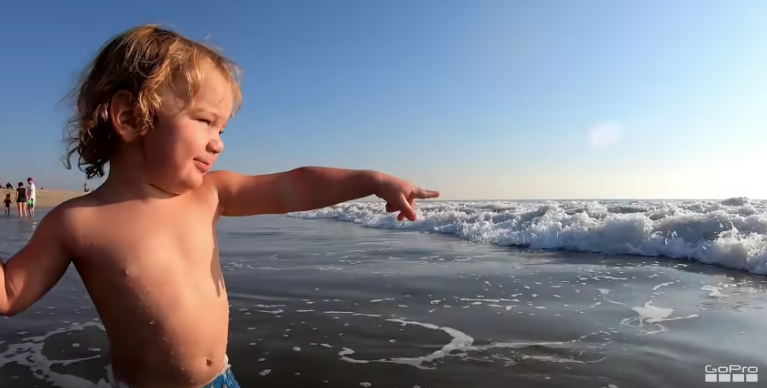
Austin Keen of Dana Point, CA
A professional action sports athlete, Austin specializes in skimboarding and wakesurfing. As a promoter of brands he loves, he’s been creating content with GoPro since the HERO2 was introduced, and has worked his way through the HERO line, until the built-in HyperSmooth stabilization feature of the HERO7 made it a must-have.
Shot at 60fps in 4K, Austin’s contribution to the MDC is a nearly unbelievable one-in-a-million clip—a sweet video of him using sub wings while wakeboarding in Turks and Caicos—with his new pal, JoJo the dolphin, cruising along happily behind him. “My goal was to capture ‘the million-dollar shot,’ but I was expecting it to be some type of trick,” he says. It’s a total proof of concept moment that if you have the right gear to get the shot, magic can happen.
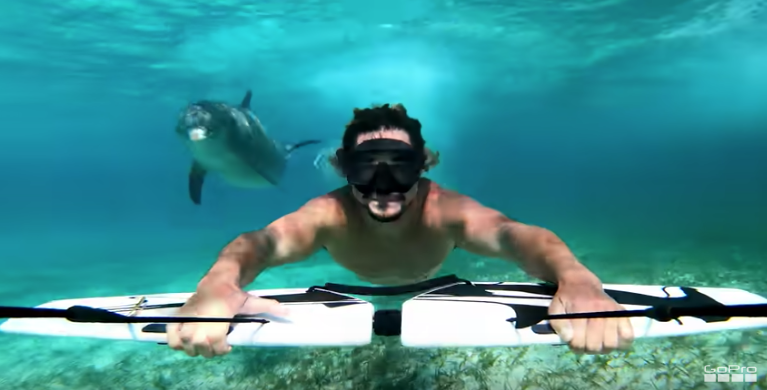
Kyle Wicks of Chatham, Ontario, Canada
When not tending the grounds at the Links of Kent Golf Course, Kyle spends his time being in, and photographing, nature. As a GoPro user since 2014, he’s been working toward a professional career in photography and videography.
Using a GoPro Karma drone with his HERO7, he captured his footage of Snow Geese in the marsh at Lake St. Clair at 60fps in 16:9 at 2.7K resolution in order to allow room for the footage to be slowed down while maintaining high resolution. It took the intrepid photographer “quite a few attempts” to get to the location, where he was skunked several times by high winds, cold temperatures, and poor lighting conditions. The end result, however, was well worth the effort.
